
High blood pressure can be deceptive, as it doesn’t always show obvious symptoms. We do know, however, that it’s a big deal in the country, with an estimated 50% of men and 44% of women in the U.S. impacted, according to the CDC. And the prevalence is even more so among men.
What does that mean? Well, there’s a decent chance you’re running a little high. Stressful work or home environments can certainly be the culprit, as can other dramatic forms of intake, like dealing with the news, navigating a pandemic, or trying to make ends meet in a wobbly economy. We get why the numbers are so staggering, but we can take care of ourselves a bit better and lower our collective blood pressure level.
We aren’t going to rip away your favorite cocktails from your hands or say you can’t have burgers anymore. But we are going to issue some measures you can take to chip away at your raised blood pressure.
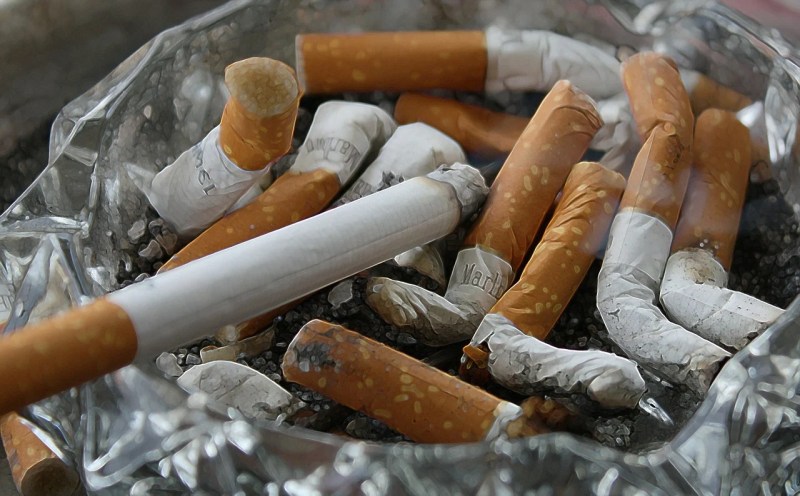
Quit smoking
High blood pressure is one of the many risks of smoking. Cutting out all nicotine and tobacco is one of the best things you can do for your hypertension and health overall, and has been shown to reduce your risk of hypertension, myocardial infarction (heart attack), and respiratory diseases.
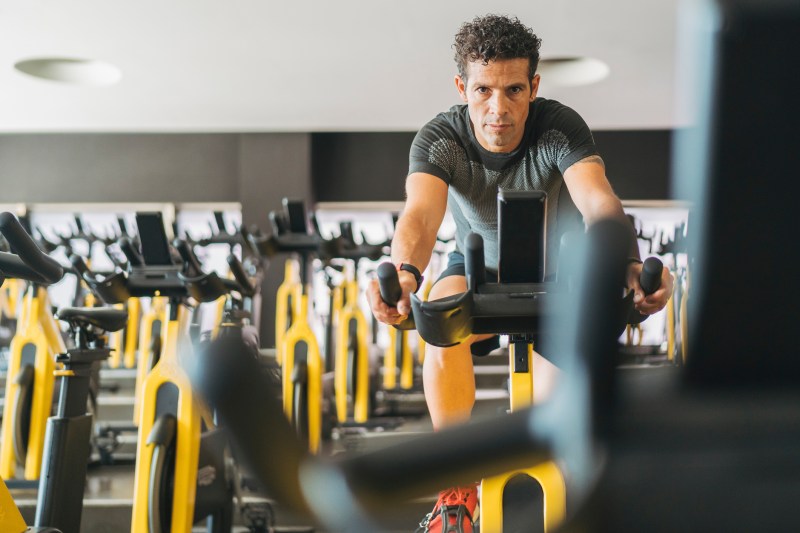
Exercise regularly
Getting regular physical activity is one of the most effective ways to lower blood pressure, with some studies demonstrating nearly equal results from aerobic exercise and medications. The key is to be consistent, aiming to accumulate at least 150 minutes of moderate-intensity exercise over the course of the week. The good news is that research shows that many types of exercise can reduce blood pressure, including walking, resistance training, low-impact cardio, and interval training, among others.
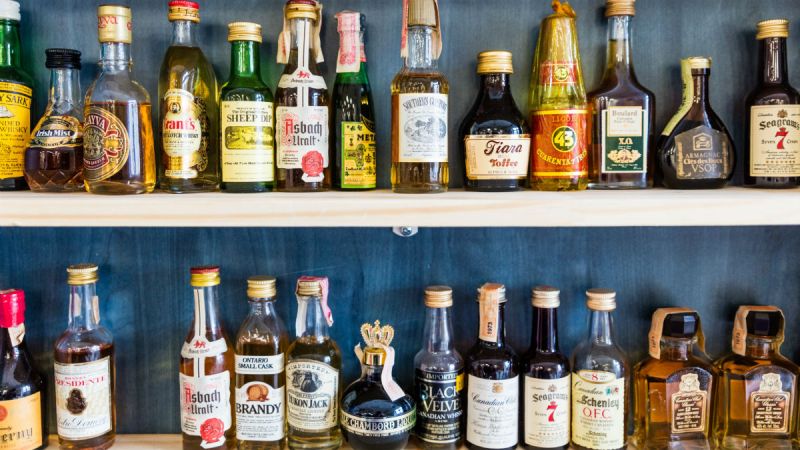
Limit your alcohol intake
Although a small amount of red wine or other alcohol may lower blood pressure, excessive intake can raise blood pressure and increase your risk of hypertension. Limit yourself to 1-2 drinks and be sure to keep well hydrated with plenty of water.
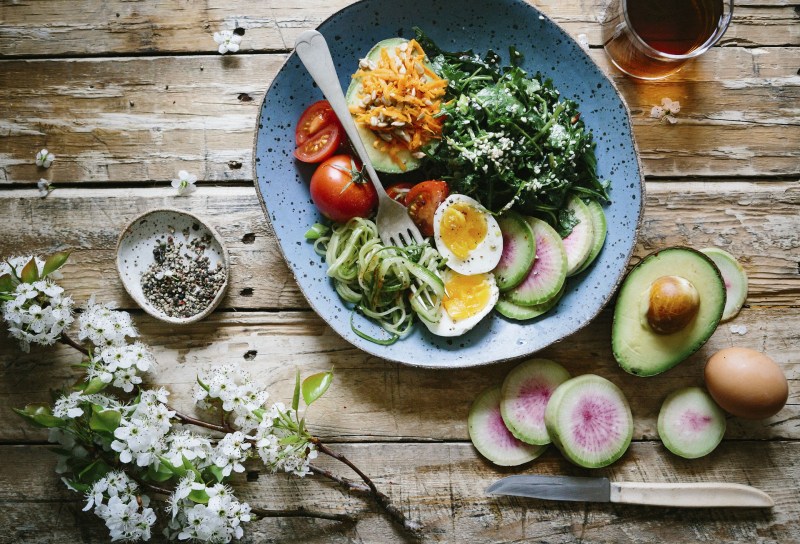
Try the DASH diet
The DASH diet, which stands for dietary approaches to stop hypertension, is specifically designed for preventing or treating hypertension and reducing the risk of heart disease and stroke. Given the fact that sodium is usually the dietary component that most significantly increases blood pressure, a defining feature of the DASH diet is its established sodium limit, which is 2,300 mg or 1 teaspoon per day for the standard iteration of the diet and only 1,500 mg or 3/4 of a teaspoon on the lower-salt version. I
n addition to the cap on sodium, the DASH diet restricts red meat, added sugars, excessive fats, and processed foods, and encourages the consumption of vegetables, fruits, whole grains, lean proteins, and legumes. Studies have found the DASH diet is indeed effective at lowering blood pressure.
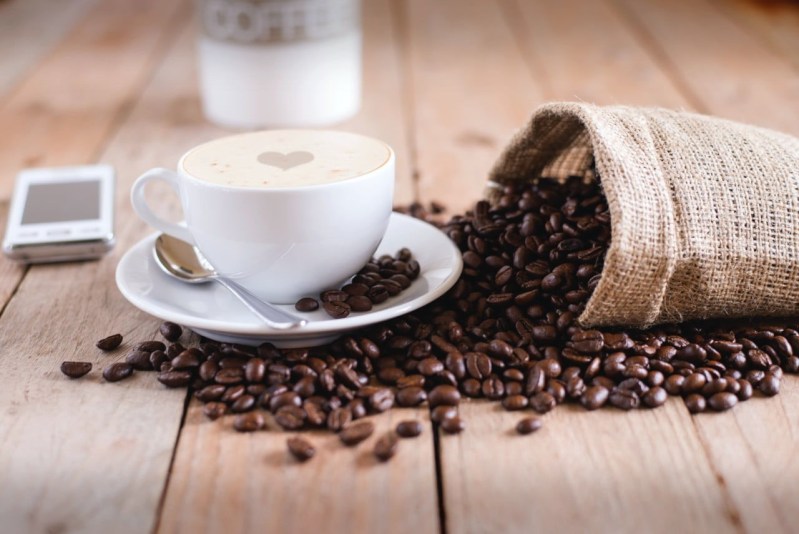
Go easy on caffeine
As a stimulant, caffeine can increase both heart rate and blood pressure. Some people are more sensitive to caffeine than others, so if you notice yourself feeling particularly keyed up after your favorite cup of coffee, consider cutting back or switching to decaf or herbal tea.
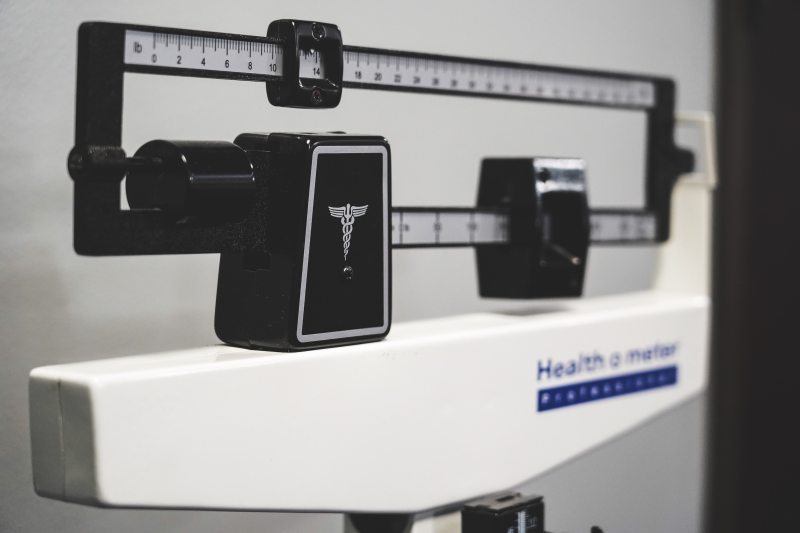
Maintain a healthy weight
Carrying excess weight is associated with a variety of diseases including hypertension. Studies have found that overweight and obese individuals who lose weight also lower blood pressure and improve other health markers. Eating a healthy diet aimed at achieving modest weight loss over time can also lower blood pressure, according to studies.
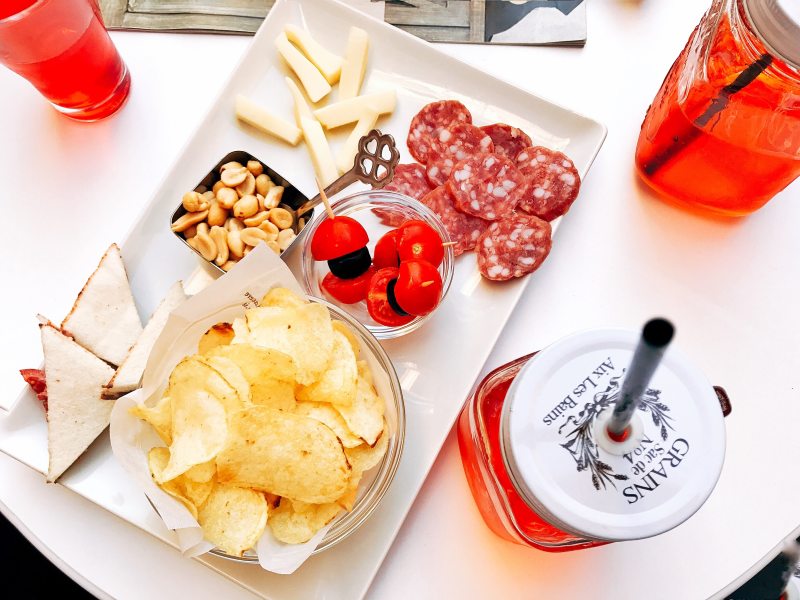
Cut back on processed foods, salt, and sugar
Processed foods, salt, and sugar can increase blood pressure by causing your body to retain more water. Focus on eating whole, natural foods like fresh vegetables, lean proteins, fruits, legumes, nuts, seeds, and eggs. Fatty fish is also important as it contains omega-3 fatty acids, which have been shown to reduce inflammation and lower blood pressure.
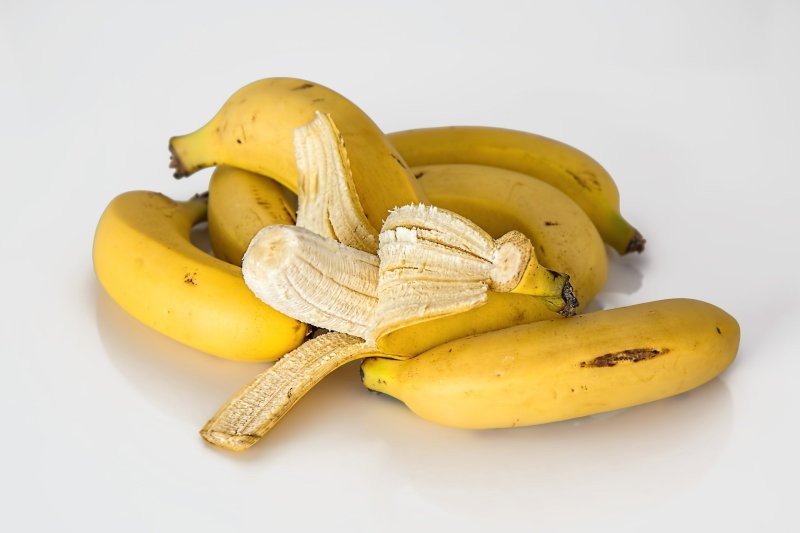
Bump up your potassium intake
Electrolytes like potassium and magnesium can promote healthy blood pressure by helping balance sodium levels to regulate fluid volume. Potassium has been shown to lower blood pressure in people with hypertension, particularly when coupled with reducing sodium intake. Foods high in potassium include green, leafy vegetables, avocados, legumes, mushrooms, salmon, potatoes, bananas, and tomatoes.

Get enough sleep
Getting enough sleep every night can mitigate stress, support a healthy weight, and reduce your risk of hypertension. If you’re not getting restful sleep, consider investing in a more supportive mattress, using sleep headphones to block out noise, or buying a weighted blanket.
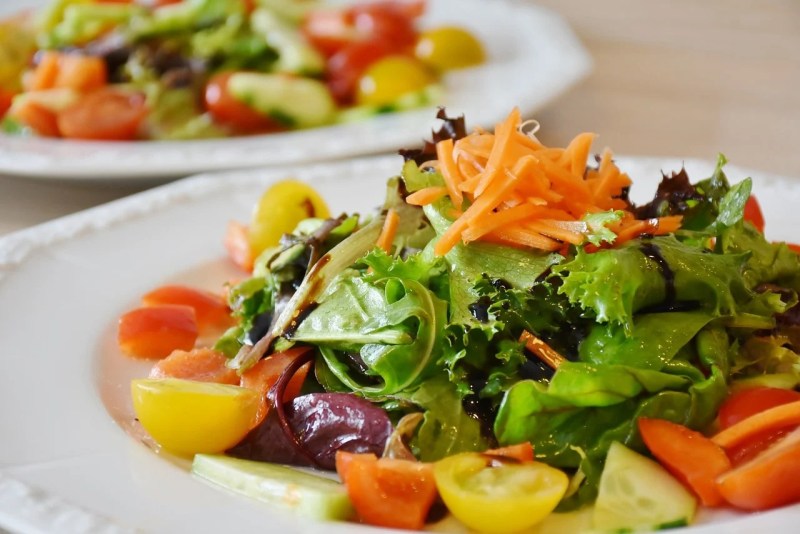
Eat your vegetables
Vegetables contain water, fiber, vitamins, minerals, and phytonutrients that promote healthy blood pressure. For example, root vegetables like beets and dark, leafy greens contain nitrates, which dilate blood vessels, effectively lowering blood pressure. Garlic has also been shown to act as an anti-hypertensive.

Reduce stress
Cutting back on stress of any kind—physical, emotional, social, mental—is key to managing hypertension. Journaling, breathwork, exercise, yoga, meditation, mindfulness, and even learning to say “no” to prevent over-committing yourself and feeling frantic, are among some of the many ways you can lower stress and feel calmer.
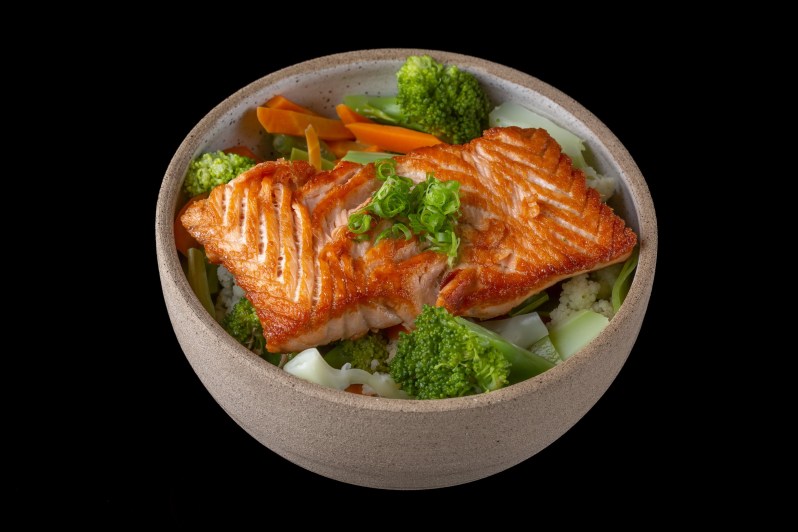
Eat these foods to decrease blood pressure
While we mentioned general food categories that help decrease blood pressure above, here’s a list of specific foods to add to your grocery list if you’re experiencing high blood pressure:
- Fatty fish: Salmon, mackerel, tuna, and sardines, which are rich in omega-3 fatty acids.
- Whole grains: Brown rice, quinoa, oats, and whole-wheat bread instead of refined grains. Whole grains are higher in fiber and other nutrients.
- Legumes: Beans, lentils, and peas are excellent sources of plant-based protein, fiber, and potassium.
- Nuts and seeds: Almonds, walnuts, pistachios, pumpkin seeds, and flaxseeds are rich in magnesium, potassium, and healthy fats.
- Low-fat dairy products: Choose low-fat or fat-free milk, yogurt, and cheese. These are good sources of calcium and potassium.
- Dark chocolate: Dark chocolate with at least 70% cocoa content contains flavonoids, which have antioxidant and anti-inflammatory properties.
- Herbs and spices: Garlic, ginger, cinnamon, and cayenne pepper can all help lower blood pressure.
These are the best ways to keep your blood pressure in check. You may not experience results right away but if you stick to it, the health benefits will begin to take form. It’s a project worth taking on if high blood pressure is an issue for you or your family.


